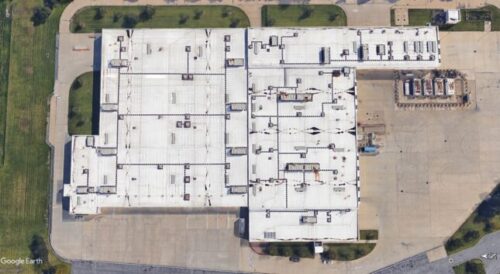Other Building Types
Other building types that MEP engineers work on include churches or religious facilities, multidwelling buildings and hotels. Specialty buildings might include labs and research buildings, mission critical facilities and government or military buildings.
Other Building Types Articles
Other Building Types FAQ
-
What is a mission critical facility?
A mission critical facility is a building or infrastructure that is essential for the operation of an organization's core business functions. These facilities typically have a high degree of reliability, security and availability requirements, as their failure or downtime can result in significant financial loss, reputational damage or even life-threatening consequences. Examples of mission critical facilities include data centers, emergency response centers, nuclear power plants, air traffic control centers and hospitals.
-
What are some system design considerations for research facilities?
A few important design considerations for labs and research facilities are:
- Equipment requirements: Ensuring the electrical and mechanical systems can support specialized laboratory equipment and processes.
- Environmental conditions: Maintaining precise temperature, humidity and air quality control for sensitive experiments and research.
- Safety: Implementing fire suppression, emergency power and ventilation systems to protect personnel, equipment and the environment.
- Data and communication systems: Providing high-speed data, networking and communication systems for secure and reliable data transfer and analysis.
- Accessibility and mobility: Designing spaces and systems that support researchers and their work, including accessible workstations, storage and equipment.
-
What unique design considerations do hotels and other multidwelling commercial buildings have?
Hotels and other multidwelling commercial buildings have the following unique design considerations:
- Guest comfort: Providing amenities and spaces that promote comfort, such as spacious guest rooms, soundproofing, climate control and lighting.
- Fire and life safety: Incorporating fire protection, emergency power and egress systems to ensure the safety of guests and staff.
- Accessibility: Designing spaces and systems that are accessible and accommodating to people with disabilities.
- Technology: Incorporating technology to enhance guest experience and streamline operations, such as keyless room entry, in-room entertainment and energy management systems.
- Security: Implementing secure access control and surveillance systems to protect guests, staff and assets.
- Brand identity: Reflecting the unique brand identity and aesthetic of the hotel or building through design and materials.
- Sustainability: Incorporating sustainable design principles and technologies, such as water conservation and renewable energy systems, to reduce environmental impact.
-
What are the different types of government buildings?
There are several types of government buildings, including:
- Legislative buildings: Houses of Parliament, Congressional buildings and State Capitols that serve as the meeting place for legislative bodies.
- Judicial buildings: Courts, tribunals and judicial offices where legal proceedings take place.
- Executive buildings: Offices of the head of state, such as the White House, the Presidential Palace or the Prime Minister's residence.
- Administrative buildings: Buildings that house government departments, agencies and other administrative offices.
- Military buildings: Installations that serve as headquarters, training facilities and barracks for the military.
- Diplomatic buildings: Embassies and consulates that represent a country's interests abroad.
- Memorial buildings: Monuments, museums and memorials that commemorate historical events or honor public figures.
- Correctional facilities: Prisons, jails and detention centers where convicted criminals are housed.
- Public works buildings: Buildings and facilities used to provide public services, such as road maintenance, water treatment plants and waste management facilities.
- Emergency services buildings: Fire stations, police stations and emergency response centers that serve the public in times of crisis.
Some FAQ content was compiled with the assistance of ChatGPT. Due to the limitations of AI tools, all content was edited and reviewed by our content team.








